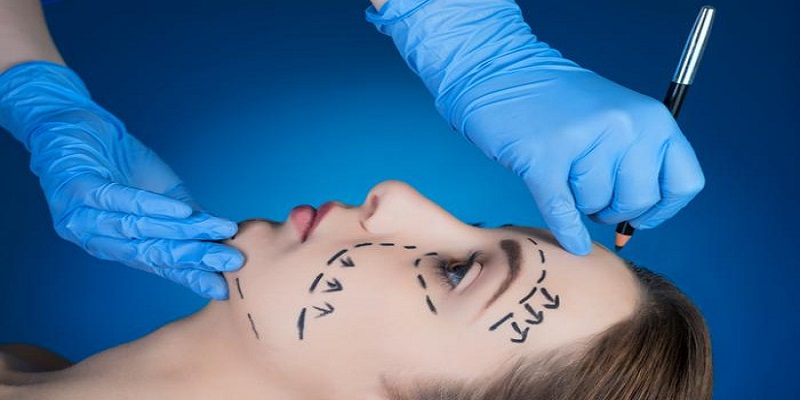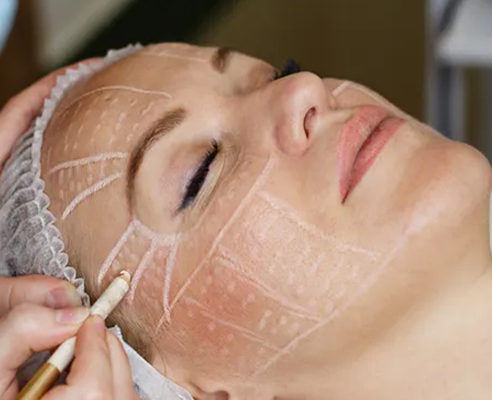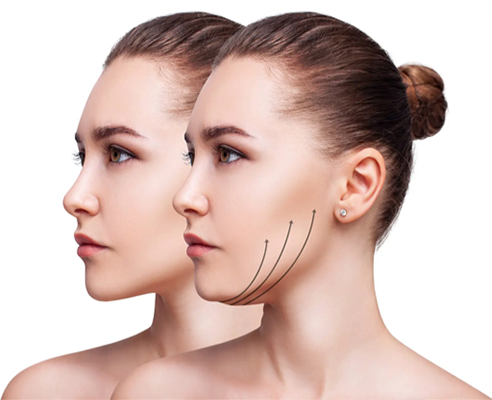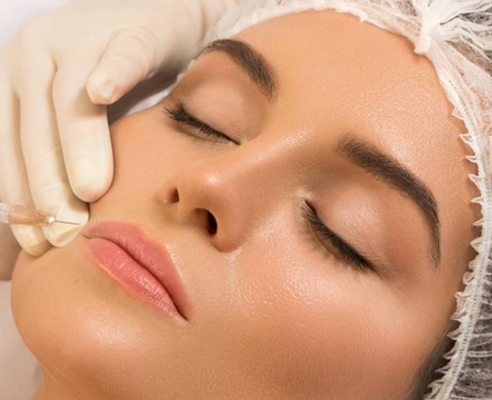Facelift Surgery in Turkey
Turkish Facelift Magic
Rhytidectomy Surgery in Istanbul
Are you looking Facelift Surgery in Turkey clinic or hospitals? Having signs of aging in the lower or middle face and neck, such as sagging skin, wrinkles, and jowls problems? Face Lift Surgery is one of the most well-known cosmetic procedures today.
A facelift, also known as a rhytidectomy, is a surgical procedure that aims to improve the appearance of the face by removing excess skin, tightening underlying muscles, and redraping the skin. The primary goal of this medical procedure is to make your facial skin smooth and young-looking. Cosmetic Clinics & Hospitals can help you to revitalize your face over into younger and more attractive looking at cost of $4,000–$7,000. You can get medical visa for turkey in few easy steps.
Facelift Surgery in Turkey is typically performed under general anesthesia and can take anywhere from two to five hours, depending on the extent of the procedure. Recovery time can vary, but most patients can return to normal activities within two to four weeks. You can also get cost effective package for facelift which includes nose job, eyelid surgery also.

Book Now
Why Choose Turkey for Facelift Surgery?
Who Should Get A Face Lift?
Who is this procedure for?
- People are in good health and do not have any medical conditions because it may increase the risk of complications during surgery.
- Know the risks and benefits and have reasonable expectations.
- Have signs of aging in the lower or middle face and neck, such as sagging skin, wrinkles, and jowls.
- Having skin that still has some elasticity allows for better healing and results.
- Patients who are either nonsmokers or willing to abstain from smoking for at least a month before and after surgery will recover more quickly.
- Have a stable weight and do not intend to lose more, as weight fluctuations can affect the surgery’s results.
Facelift Surgeries Available in Turkey






What Is SMAS (Superficial Musculoaponeurotic System) Facelift?
SMAS facelift (rhytidectomy) is a surgical procedure that corrects the appearance of the neck and the lower two-thirds of the face. This facelift corrects signs of aging such as sagging skin, excess fat, jowls, loss of volume in the cheeks, or a double chin. It is less invasive than a regular facelift, and recovery or recuperation is faster. The SMAS (superficial muscularaponeurotic system) is a layer that connects face and neck muscles to the skin. It contains fibers, collagen, and connective tissue and plays a key role in facial expression.
Who is good candidate for a SMAS facelift?
- Are over the age of 50
- Want to surgically correct one or more signs of aging on your face
- Still have some elasticity in your skin
- Are a non-smoker (this helps to be able to heal correctly after surgery)
- Are in good overall health
How Long Is the Procedure?
The SMAS facelift may take several hours to complete, depending on the extent of the procedure. You should be able to go home the same day as the surgery.
Talk to your plastic surgeon to discuss your appearance, healing, and recovery expectations.
What are Facelift Surgery Process in Turkey
Initial Consultation
Preparing for Surgery
The Surgical Procedure
Recovery and Aftercare
Precautions To Follow Before Having A Facelift In Turkey
4. Plan for recovery time: Facelift surgery requires a significant recovery time, so planning is crucial. You must arrange for someone to help you with your daily activities during your recovery.
5. Follow pre-operative instructions: Your surgeon will give you specific instructions for surgery, such as what to eat and drink and information about medications to avoid. Be sure to follow these instructions closely.
Patients Not Suitable for Face Lifts
Risks and Complications
- Bleeding
- Infection
- Adverse reaction to anesthesia
- Scarring
- Numbness or altered face sensation
- Hair loss near the incisions
- Asymmetry or unsatisfactory results
How Long-Lasting Is the Result of Facelift?
Cost Of Facelift Plastic Surgery In Turkey
The facelift cost in Turkey varies according to the surgeon, the hospital location, and the procedure. On average, facelift surgery costs in Turkey around $4,000–$7,000. It is significantly less than the cost in Western countries, ranging from $8,000 to $15,000.

